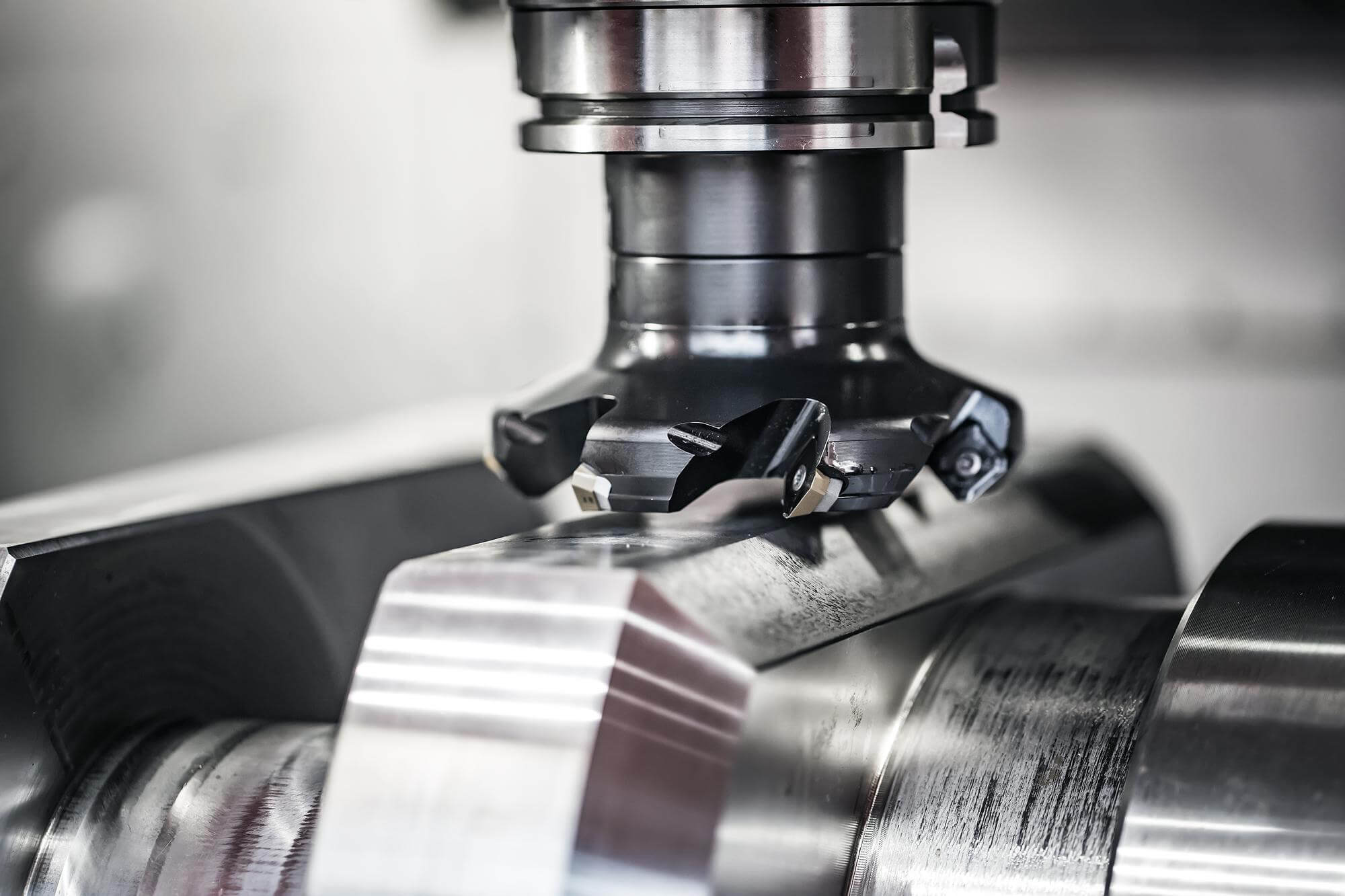CNC machining is a fascinating world where precision meets creativity. At the heart of this intricate dance is the spindle, a critical component that dictates the success of machining parts. Understanding and mastering spindle speed and direction control can transform an ordinary CNC operator into a maestro of machining parts.
The Importance of Spindle Control
In CNC machines, whether it’s a machining center or a lathe, the spindle’s role is paramount. The spindle’s primary function is to rotate, enabling either the cutting tool (in milling machines) or the workpiece itself (in lathes) to remove excess material. This process is crucial for shaping parts to their desired specifications.
The spindle speed and feed rate must be meticulously controlled by the program to achieve optimal results. CNC machines require specific commands to select the appropriate spindle speed and feed rate for a given task. This level of precision ensures that the machining process is efficient and the parts produced meet the required standards.
Spindle Speed Programming
In CNC systems, spindle speed is controlled by the address S. The programming range for standard machine S addresses is from 1 to 9999, without decimal points:
- S1 to S9999
For many high-speed CNC machines, spindle speeds can go up to five digits, with the S address range extending to:
- S1 to S99999
The controller’s maximum usable spindle speed range must exceed the machine’s maximum spindle speed range. This means that while the control system supports a wide range of spindle speeds, the actual spindle speed is often limited by the machine’s capabilities.
Methods of Inputting Spindle Speed
Address S relates to spindle functions, and a value must be assigned in the CNC program. There are a few choices for specifying spindle speed:
- Via a code number (obsolete in modern systems)
- As spindle speed in revolutions per minute (r/min)
- As cutting speed in meters per minute (m/min) or inches per minute (in/min)
On CNC lathes, both modern choices may exist, depending on the control system. For CNC milling systems, cutting speed is not used directly (except for calculations), and only direct spindle speed is used. The concept of selecting spindle speed through special code numbers has been phased out in modern controllers.
Completing the Spindle Speed Command
The spindle speed symbol S alone is not enough for programming. In addition to selecting the spindle speed address, certain auxiliary functions controlling the spindle environment are necessary. For instance, specifying a spindle speed of S400 in a program is incomplete because it only includes the spindle function. It lacks critical information such as spindle rotation direction.
Most machine spindles can rotate in two directions: clockwise and counterclockwise, depending on the cutting tool type and setup. In addition to the spindle speed function, the program must specify the spindle rotation direction. The control system provides two auxiliary functions to control spindle direction: M03 and M04.
Here’s a data table that illustrates the typical commands and their functions:
| Command | Function | Example |
|---|---|---|
| S | Spindle Speed Address | S400 |
| M03 | Spindle Rotate Clockwise | M03 |
| M04 | Spindle Rotate Counterclockwise | M04 |
Practical Application and Examples
Imagine you are working on a CNC lathe and need to set a spindle speed of 1200 r/min while rotating clockwise. Your program snippet might look like this:
S1200
M03In this example, S1200 sets the spindle speed, and M03 sets the rotation direction to clockwise. This combination ensures that the spindle operates correctly for the given task.
Now, let’s say you’re switching to a milling operation where you need a spindle speed of 2500 r/min, but this time the spindle must rotate counterclockwise. Your program would adjust to:
S2500
M04This change in direction can be crucial depending on the type of tool used and the material being machined.
The Bigger Picture
Understanding spindle speed and direction control is more than just following instructions—it’s about appreciating the nuances of CNC machining. This knowledge allows you to optimize the machining process, enhance the quality of the parts produced, and prolong the lifespan of your tools and machines.
In conclusion, mastering the art of spindle speed and direction control is essential for anyone involved in CNC machining. It transforms the process from a mere mechanical task to a skilled art form, where precision and creativity intersect to produce high-quality machining parts.
Other Articles You Might Enjoy
- Requirements for CNC Machining Parts
Preparation Work Complete the necessary preparation before machining, including process analysis, process route design, tool and fixture selection, and program compilation. online cnc machining service Operating Steps and Contents Start…
- Precision CNC Machining of Steel: High-Volume Production
Precision CNC Machining and High-Volume Production As an integral part of modern manufacturing processes, Precision Computer Numerical Control (CNC) machining brings about unmatched accuracy and consistency in the production of…
- What are the requirements for CNC machining of bearing parts?
Bearings are common and important parts in the automotive industry, which can support transmission components and transmit torque. Generally, CNC machining centers are used to process bearing parts. So what…
- Evolution of Mills and Machining Centers: The Future of CNC Machining Parts
Stepping into the world of CNC machining, you quickly realize how pivotal mills and machining centers are in crafting precise parts. Over time, these machines have evolved significantly, transforming from…
- Aluminum CNC Machining Service for Custom Parts
Aluminum CNC machining stands at the forefront of modern manufacturing, epitomizing precision, versatility, and efficiency. With its widespread applications across industries ranging from aerospace to automotive and beyond, aluminum CNC…
- Smart Choice for CNC Machining Parts: Comprehensive Analysis of Horizontal Machining Centers
When it comes to CNC machining parts, the type of machining center you choose can significantly impact the efficiency and quality of your work. Horizontal CNC machining centers (HMCs) are…






